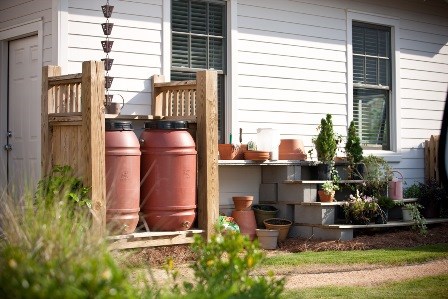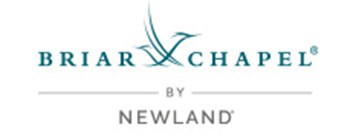
25 February . 2014
5 Top Ways Green Homes Save Money
|
The role of green technology in our day-to-day lives is bigger than ever – saving us money, providing a healthier quality of life, and minimizing our impact on the environment - and is often concentrated in new construction. Here we take a look at how deeply integrated green technology has become in new homes – like those at Briar Chapel – and offer tips on how older homes can benefit from these new tools and techniques |
|
1. Use Energy-Efficient, Point-of-Use Appliances High-efficiency appliances (ENERGY STAR) help cut energy costs by providing the service you need “on-demand.” Point-of-use appliances cut down the need to maintain reserves of hot water, or to light a room when no one is in it, with innovative technology like tankless water heaters and motion sensor lights and exhaust fans.
|
|
2. Sustainable Building Materials Sustainable building products reduce your home’s initial impact on the environment, but in many cases older homes can’t benefit. That said, there are many sustainable products for use during renovations and upkeep of an older home. For instance, Low VOC (Volatile Organic Compound) carpets and paints minimize environmental impact while improving indoor air quality and home safety. |
|
3. Insulate, Insulate, Insulate Approximately 50 percent of home energy consumption goes to heating and cooling, meaning there is great potential for savings in this domestic energy sector. An important way to cut down on inefficient heating and cooling is by making sure a home has excellent insulation. With new homes, opt for an air-sealing package that includes weather stripping on all attic hatches, knee wall doors and exterior openings, as well as low-emissive (Low-E) windows with reflective glaze and airtight and insulation contact (IC) rated recessed lights. Also, get 3rd party leakage testing on your home. A well-constructed new home should ensure leakage of less than 5% of a home’s heated square footage. For older homes, use spray foam insulation to stop drafts by preventing air gaps. Also, caulk gaps around all doors, windows, and duct work. |
|
4. Passive Heating and Lighting By situating your home with the sun in mind, you can use much of its energy to cut your own consumption. This technique, called passive heating, makes use of southern exposure to provide warmth, light, and solar energy to the home in the winter when the sun is at a low angle. Skylights and light tubes also make effective use of the sun’s natural energy. Additionally, using a heat pump with an outdoor thermostat helps prevent supplementary heater operation when the heat pump is capable of meeting the load, also conserving valuable energy. |
|
5. Minimize Water Waste Conserve water (and reduce wastewater) by using low-flow toilets and water-saver showerheads and faucets, and by planting vegetation with similar water needs near each other, a technique called hydrozoning. Further reduce watershed impact by filling green spaces with native vegetation that requires less water and fewer chemical treatments. Briar Chapel requires each lot to provide a minimum of 60% native/regional plant material, and has turf area to a maximum of 50% per lot, conserving water and maintenance costs. |
|
There’s no question about it: Green is the only way to go. As homes incorporate more and more of this technology, keep up with the latest and learn more about green building programs (such as those used at Briar Chapel) by visiting the National Green Building Program (NAHBGreen) website. |
